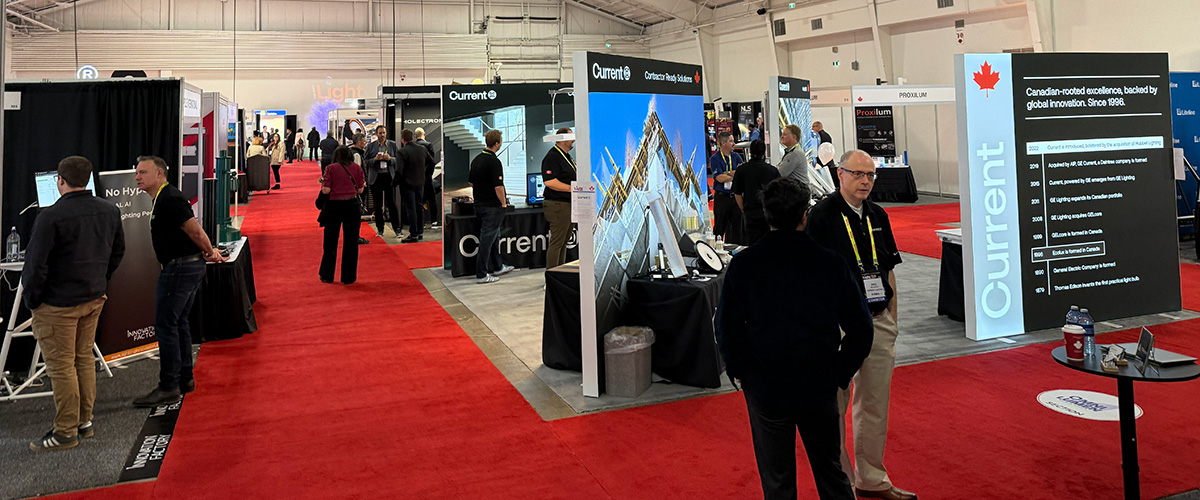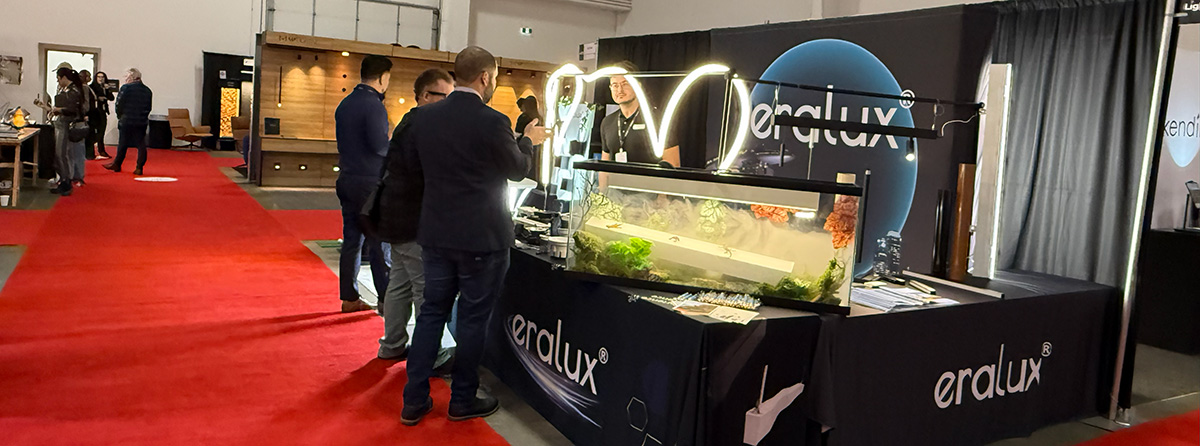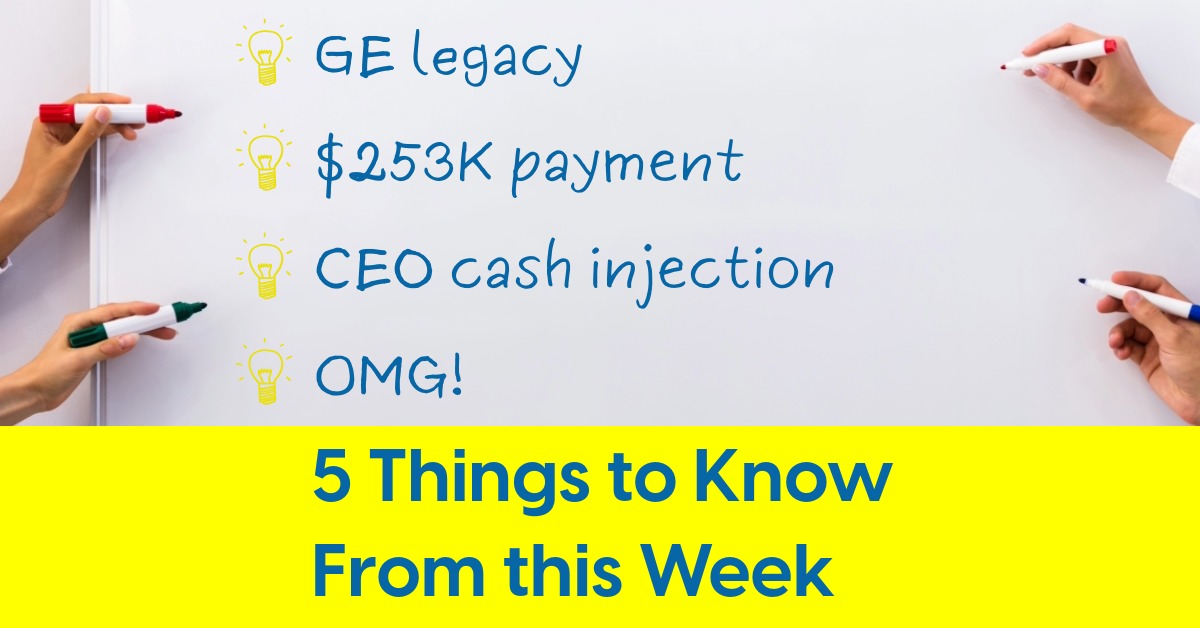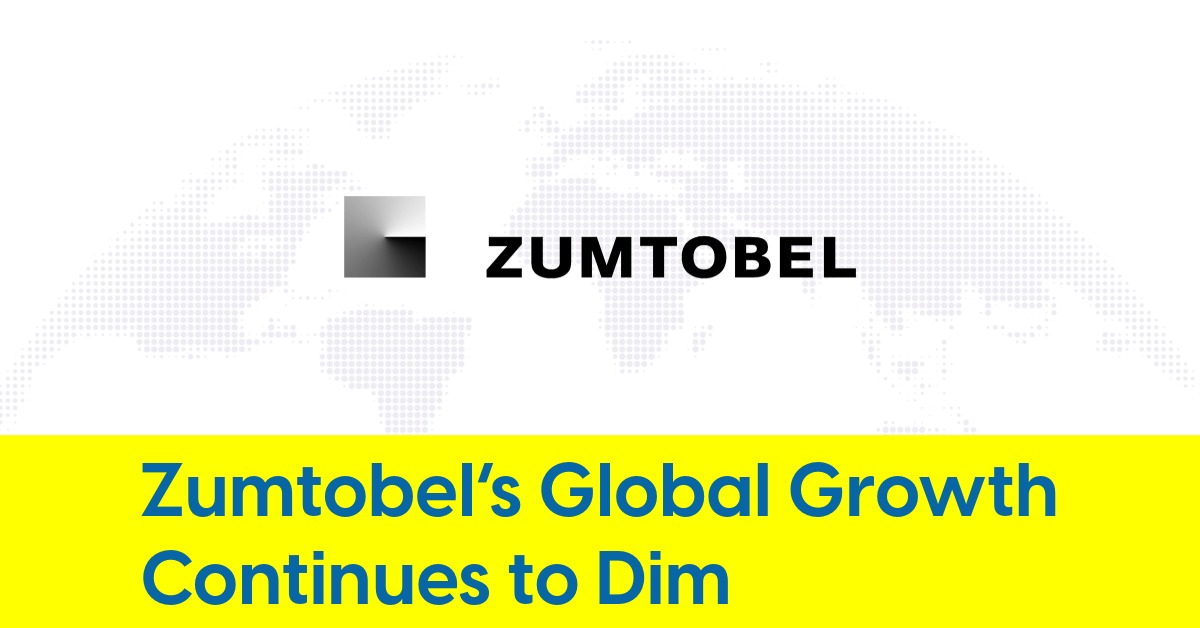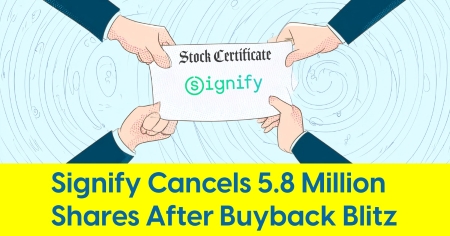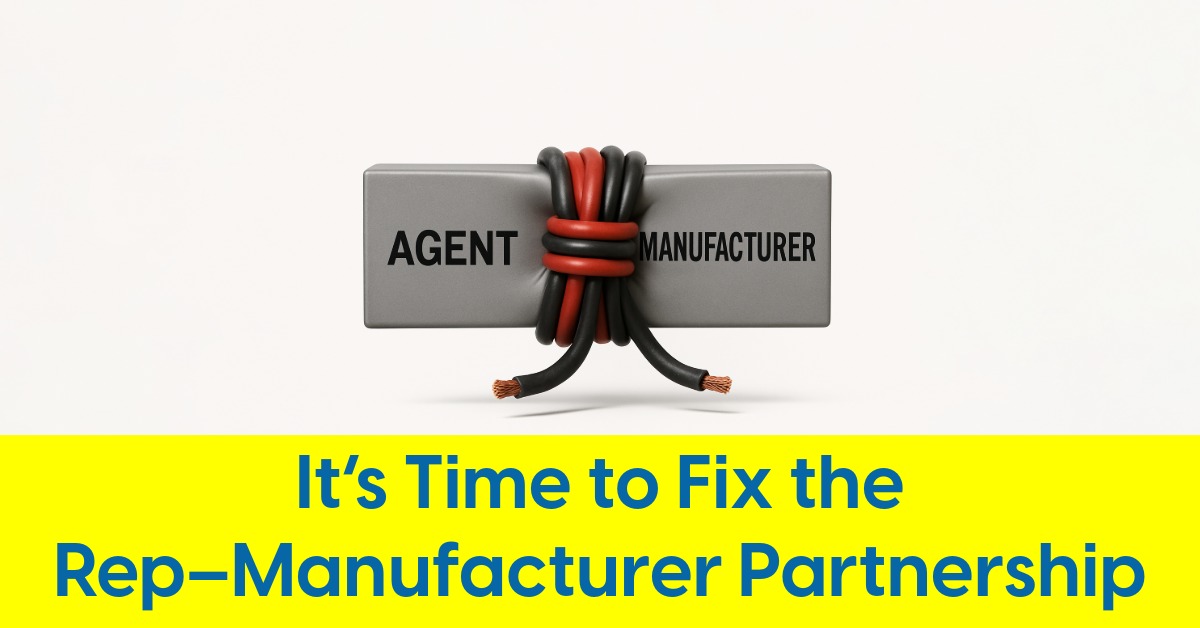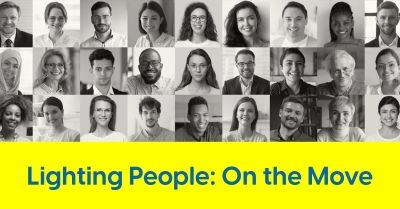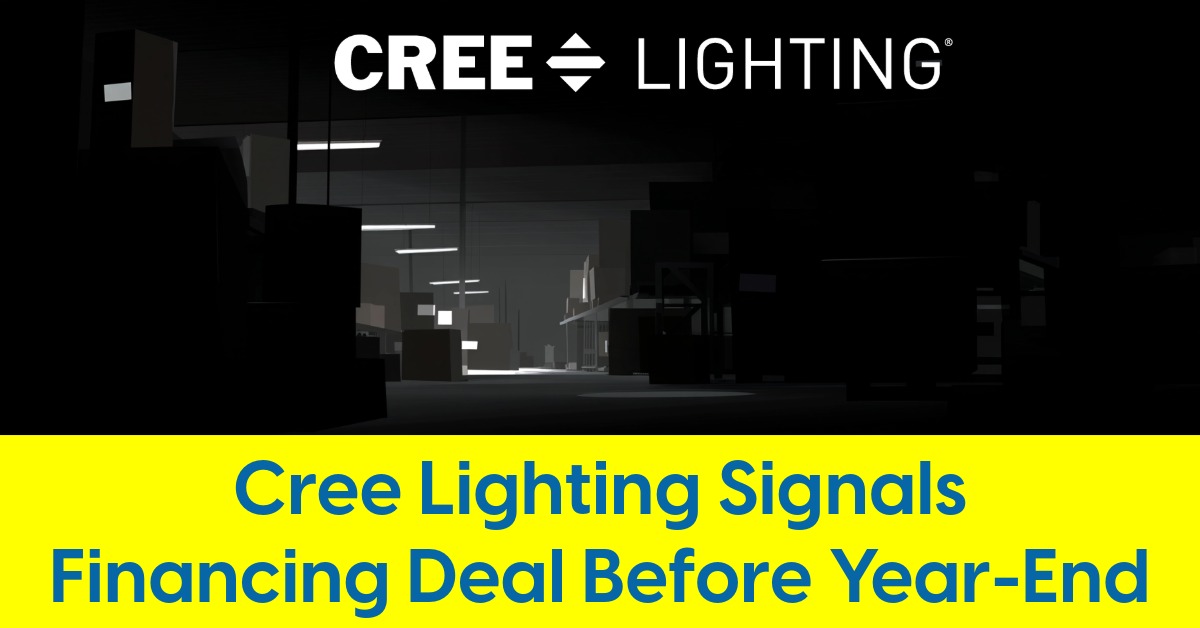November 15, 2025
5 Things to Know: November 15

Canada Light Expo gains traction in year two. Plus, Signify boosts service accuracy 12% using A.I.
Here's a roundup of some of the week's happenings curated to help lighting people stay informed.
1. O Canada!
The 2025 Canada Light Expo in the Greater Toronto Area (GTA) showed measurable progress over its rocky debut. With more than 80 exhibitors — up from just 30-something last year — and the continued strength of its educational program, the show gained traction thanks to key support from local agents Salex, Omnilumen, and TPL.
Notably absent were Acuity Brands and Cooper Lighting, two major players with factory-direct sales teams in the region. But the increased attendee traffic, heightened exhibitor presence and better floor energy reflected growing interest from the broader market.
David Wan Fong, CEO of Eralux, who attended both years, called it “a clear sign of momentum.” Justin Castellano of 3G Lighting added, “It shows that an appetite exists for a show like this — one that celebrates Canadian made lighting.”
Thanks in part to an advisory board comprised of designers, agents and manufacturers, the event delivered stronger programming, solid day-one traffic, and presence from many of the region's engineering and lighting design firms. Day two slowed, as expected, but deeper B2B conversations emerged.
Reports say that Canada Light Expo isn’t yet a “must attend event,” but according to attendees, this year’s edition showed measurable progress and started to feel like something real.
2. Get a Grip on Lighting Signs Off
It’s often said that 90% of podcasts don’t make it past episode 3 — and 99% never reach episode 20.
Get a Grip on Lighting blew past those odds with more than 480 episodes over eight years. Now, the lighting industry’s longest running and possibly most influential podcast is coming to a close.
Hosted by Michael Colligan and Greg Ehrich — two distributors with “light bulbs in a warehouse” — the show delivered raw, real-world insights into lighting through conversations with business leaders, researchers, and practitioners.
Above: Michael & Greg interviewed by Inside Lighting in 2023
Their legacy includes sparking increased distributor-level awareness on responsible outdoor lighting, challenging the influence of the DesignLights Consortium, and strengthening NAILD’s relevance through candid media. Along the way, they launched an entire ecosystem of spin-offs, from Starving for Darkness to The Lighting Controls Podcast.
If you’ve worked in lighting in the last decade, chances are Get a Grip made you nod in agreement — or shout at your dashboard. Either way, it got the conversation started.
Catch the final episodes in the six-part Farewell Series, livestreaming Wednesdays at 3 PM Eastern on YouTube and LinkedIn Live.
Cheers to Michael, Greg, and the entire GAGOL team. You were the first … and you matter.
3. Signify as the Case Study
Signify has long showcased its lighting muscle through iconic clients — the Empire State Building, the Dubai Frame. But in recent days, Signify itself has become the flex. Three separate companies have used the world’s largest lighting company as their case study, flipping the usual script.
Here are three recent examples where the world’s largest lighting company became the subject of someone else’s PR:
1. Microsoft Collaboration: AI That Actually Works »
Microsoft Research Asia spotlighted Signify as a testbed for PIKE-RAG, an advanced AI system that improved customer support accuracy by 12%. The system tackled complex lighting specs and multimodal documents — a major breakthrough for technical industries drowning in dense product data.
2. RCDE Stadium: Business Hospitality, Lit »
During Smart City Expo Barcelona, Signify turned Espanyol’s stadium into a showcase venue, hosting 220 guests for a corporate event focused on innovation. The lighting wasn’t just ambient — it was the main attraction.
3. CIIE Expo: Lighting as a Wellness Platform »
At China’s largest import expo, Signify unveiled AI-integrated lighting tailored for mood, health, and aging in place. It also debuted sustainable fixtures using recycled materials — positioning lighting as central to China’s livable cities strategy.
Signify has signed a joint innovation agreement with the National Innovation Center Par Excellence in China. They will collaborate on new materials, A.I. and sustainable development to advance R&D, accelerate innovation adoption.https://t.co/DTb7vON6UJ
— Inside Lighting (@InsLighting) November 15, 2025
4. Trade Secrets Case: Hercules LED & Lumenforce
According to VitalLaw, two “sister” LED lighting installation firms — Hercules LED, LLC and Lumenforce — partly overcame a motion to dismiss in a Northern District of Ohio case alleging trade secret misappropriation under the Defend Trade Secrets Act (DTSA). The court found the plaintiffs adequately pleaded joint ownership of proprietary information, including specialized processes, software, and customer data related to energy-efficient lighting and rebate assessments.
The defendants’ argument that allegations were too vague or based on “information and belief” failed, as the court noted such pleading is permissible where facts are primarily within the defendants' control.
The ruling allows the case to proceed on the trade secrets claim, potentially reinforcing protections for intellectual property in the competitive lighting installation sector. However, the court dismissed related claims for tortious interference due to a lack of specific allegations about lost client relationships, and it rejected one plaintiff’s breach of contract claim for lack of standing.
The case is Hercules LED, LLC v. Uhl, No. 5:25-cv-01099-CEH (N.D. Ohio Oct. 30, 2025).
5. Ultra-Thin LEDs Comparable to Wallpaper
Scientists have developed a paper-thin quantum dot LED (QLED) that emits a full-spectrum, sunlike glow, marking a significant advancement for the lighting industry. Engineered with red, yellow-green, and blue quantum dots, the device delivers high color fidelity (CRI >92) and a warm white output tailored to reduce blue light exposure — key for applications prioritizing visual comfort, such as residential, hospitality, and workplace environments.
With its ultra-thin profile, comparable to wallpaper, the QLED presents new form factor possibilities for architectural lighting and surface-integrated luminaires.
The device’s ability to operate efficiently at low voltages — some versions achieving peak brightness at just 8 volts — adds further appeal for energy-conscious lighting manufacturers. The thin quantum dot layer also allows for more compact fixture designs without compromising light quality.
Researchers noted the QLED’s performance exceeds brightness standards for monitor backlighting, positioning the technology as a candidate for high-end display and human-centric lighting systems.
